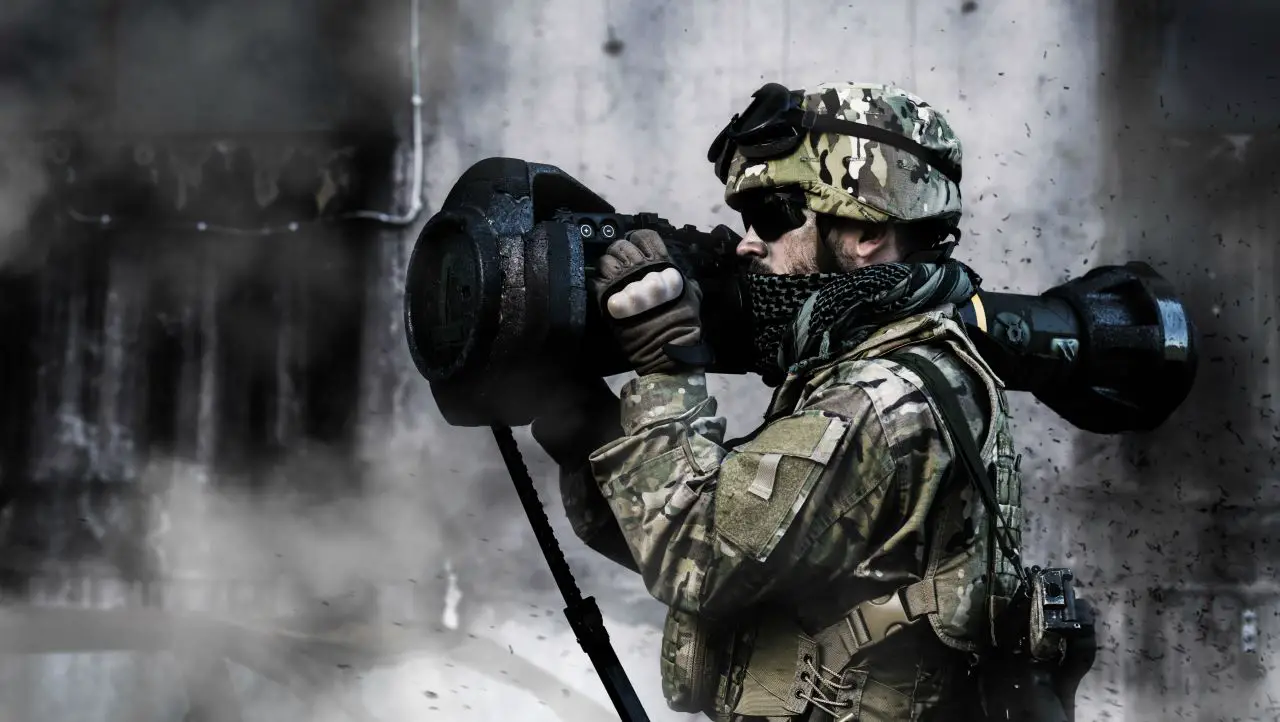Saab has received an order for NLAW (Next Generation Light Anti-Tank Weapon) from the Swedish Defence Materiel Administration (FMV). The order value is approximately SEK 900 million with product deliveries scheduled 2024-2026. The order is placed within a framework agreement between Swedish Defence Materiel Administration and Saab. 2,000 units ordered in 2005, and delivered in 2009–2012. Another 3000 units order was placed in December 2022 at a cost of 900Msek for delivery in 2024-2026. In Swedish service the missile is designated robot 57 (RB 57) meaning “missile 57” respectively (the 5 indicates its missile class and the 7 indicates its consecutive number in that class = 7th missile of the 5th class).
“We look forward to continuing to work closely with the Swedish defence forces and contributing to their anti-tank capability with our proven and trusted NLAW system,” says Görgen Johansson, head of Saab’s business area Dynamics.

The Saab Bofors Dynamics NLAW is a fire-and-forget, lightweight shoulder-fired, and disposable (single-use) line of sight (LOS) missile system, designed for infantry use. The system was developed in Sweden by prime contractor Saab Bofors Dynamics, on behalf of the British and Swedish defence authorities who procured the system in a joint venture. It was mainly produced in the United Kingdom by Team MBT LAW UK, which included 14 subcontractors, most notably Thales Air Defence. Users of the weapon include Finland, Indonesia, Luxembourg, Malaysia, Sweden, Switzerland, Ukraine, and the United Kingdom. The United Kingdom confirmed that it had delivered more than 4,000 of their NLAWs to the Ukrainian military, to be used against Russia during the 2022 Russian invasion of Ukraine.

The NLAW is a man-portable, soft-launch, and confined-spaces system, allowing the missile to be fired from almost anywhere; the operator can safely fire through any window of a room. Guidance uses a predicted line of sight (PLOS) system. Against tanks and other armoured vehicles, the overfly top attack (OTA) mode is used; the missile flies about one metre above the line of sight, detonating the warhead above the target’s weaker top armour via proximity fuze and magnetic sensors. The direct attack (DA) mode is used against non-armoured targets, detonating the warhead on impact via contact fuze as the missile flies on the line of sight. The operator can adjust the arming distance of the missile, to avoid a premature detonation triggered by the sensors when it flies over non-targets. They can also fire down or up at a 45-degree angle.
















